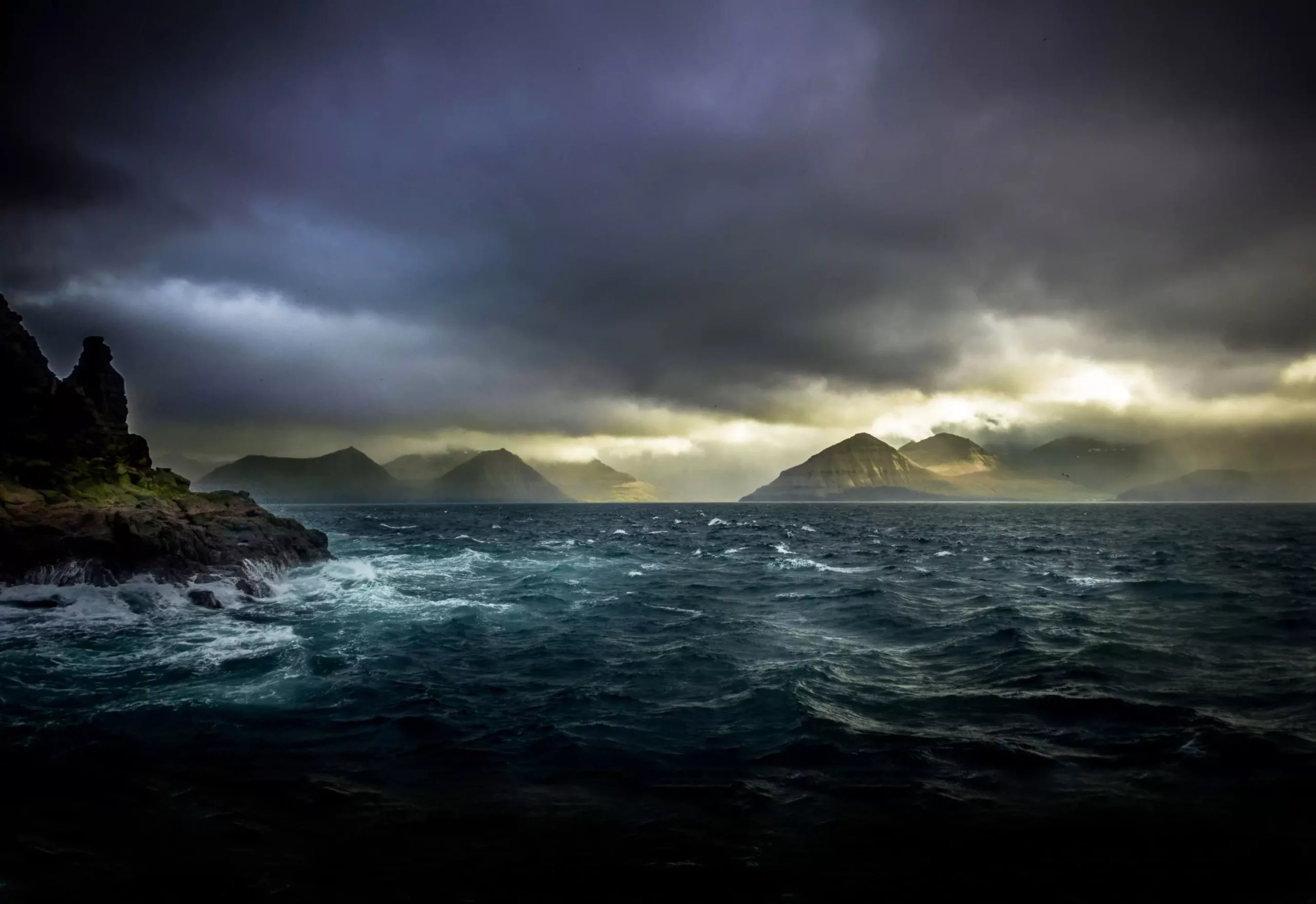The complex interplay between geological forces and marine ecosystems has always fascinated scientists and researchers. A recent investigation led by experts from the University of Southampton provides compelling evidence that the oceans and continents engaged in a “tag-team” dynamic millions of years ago, which resulted in catastrophic marine life crises and fundamentally altered evolutionary trajectories on Earth. These findings hone in on the enigmatic phenomenon known as oceanic anoxic events (OAEs), which took place between 185 and 85 million years ago. The core of this phenomenon lies in the significant depletion of dissolved oxygen in sea waters, leading to devastating consequences for marine biodiversity.
In a groundbreaking study published in Nature Geoscience, lead author Tom Gernon emphasizes that oceanic anoxic events acted like a cosmic reset for the planet’s ecosystems—a reset triggered by peculiarly timed geological forces. By examining the synergistic effects of plate tectonics and ocean chemistry during the Mesozoic era, particularly the Jurassic and Cretaceous periods, the researchers unearthed vital insights that help bridge the gaps between geological and biological histories.
The Supercontinent and Its Volcanic Legacy
One of the focal points of this study lies in the historical context of the supercontinent Gondwana. During the Mesozoic era, as this massive landmass fragmented, it sparked intense volcanic activity worldwide. Through a comprehensive collaboration with academic institutions from Leeds, Bristol, Adelaide, Utrecht, Waterloo, and Yale, the researchers employed advanced statistical analyses and computer simulations to meticulously detail how the breakup of Gondwana influenced oceanic chemical cycles. As tectonic plates shifted and new seafloor formed, large quantities of phosphorus—an essential nutrient—were released into the oceans due to weathering volcanic rocks.
Gernon elaborates on this interplay, noting, “The formation and breakdown of geological structures can have cascading effects on marine environments.” The researchers discovered that multiple pulses of chemical weathering from both seafloor and continental sources led to fluctuations in ocean chemistry, fueling the growth of marine life in a manner akin to a geological tag-team showdown.
The Ecological Fallout: A Double-Edged Sword
While the influx of phosphorus catalyzed rapid growth in marine organisms, the repercussions for these ecosystems were dire. As biological activity exploded, copious amounts of organic matter descended to the ocean depths, where it ultimately consumed critical oxygen supplies. Benjamin Mills, co-author of the study, describes the ramifications: “This process led to extensive areas of the oceans becoming anoxic, creating ‘dead zones’ devoid of life.” Not only did these anoxic events last for a duration of one to two million years, but their legacies are still observable today in the geological record.
Interestingly, the organic matter that accumulated during these catastrophic phases is now the largest easily accessible reservoir of commercial oil and gas globally. This ironic twist makes oceanic anoxic events not only significant from an environmental perspective but also crucial for understanding current energy resources.
The study’s findings are especially poignant in the context of contemporary environmental challenges. The researchers emphasize that the nutrient overloading observed in present-day marine ecosystems shares disconcerting parallels with the events of the Mesozoic era. Through consistent human actions, mean oceanic oxygen levels have already dropped by approximately two percent, exacerbating the expansion of anoxic waters across the globe.
Professor Gernon reflects, “By analyzing the geological processes of the past, we’re gifted with a prism through which we can predict how the Earth might respond to present and future climatic stresses.” This intersection of historical context and current conditions underscores a compelling call to action regarding our stewardship of marine environments.
As the research intricately links Earth’s solid interior processes with surface environmental conditions, it instills a greater appreciation for the complexities of our planet’s systems. The findings elucidate how seemingly isolated geological events can ripple through time, showcasing profound effects on marine life and broader ecosystems. Overall, this study does not merely unveil the mechanistic features of past events—it serves as a reminder of our responsibilities toward maintaining the delicate balances of life that have evolved over millions of years.
The “tag-team” dynamics between ocean and continent reveal an Earth that is alive and responsive, one that constantly negotiates the boundaries of existence in both grand and intimate ways. Understanding this ancient relationship is not just about looking back; it is about shaping the future of our planet’s diverse ecosystems.

